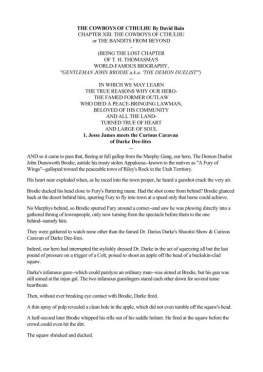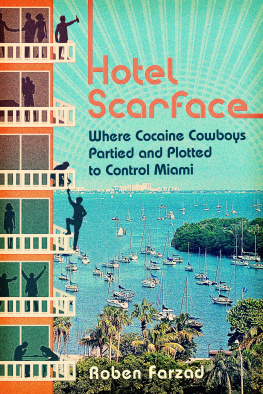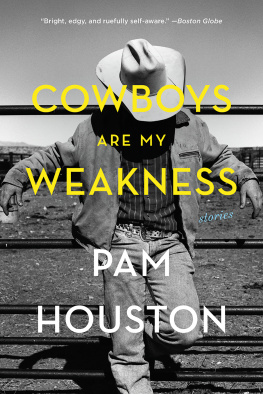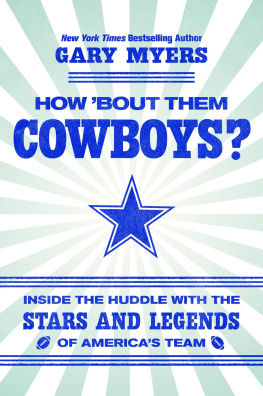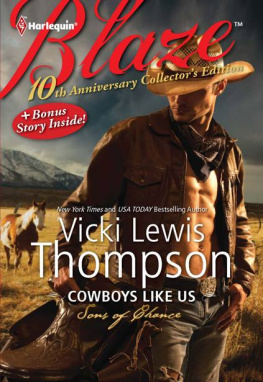This edition is published by BORODINO BOOKS www.pp-publishing.com
To join our mailing list for new titles or for issues with our books borodinobooks@gmail.com
Or on Facebook
Text originally published in 1937 under the same title.
Borodino Books 2017, all rights reserved. No part of this publication may be reproduced, stored in a retrieval system or transmitted by any means, electrical, mechanical or otherwise without the written permission of the copyright holder.
Publishers Note
Although in most cases we have retained the Authors original spelling and grammar to authentically reproduce the work of the Author and the original intent of such material, some additional notes and clarifications have been added for the modern readers benefit.
We have also made every effort to include all maps and illustrations of the original edition the limitations of formatting do not allow of including larger maps, we will upload as many of these maps as possible.
COWBOYS AND CATTLELAND
BY
H. H. HALSELL
PREFACE
THE idea and desire has been in my mind for several years to write a history of the life and achievements of the old-time cattlemen of Texas, including a story of my life, inasmuch as all that long period of seventy-seven years was spent in Texas, and the first forty years of the time represented a transition period from a wild and rugged frontier life full of daring deeds and wild adventures of these pioneers up to a period of cultured, well-settled society. Heretofore the delay has been caused by a dislike on my part to advertise my own name and exploits; at the same time there has been a constant urge to go forward in the work for several reasons. First, I desire to transmit to my descendants of the name I bear such a story as will be a comfort and consolation to them, as well as information as to our heritage. Second, I have a desire to furnish a realistic portrayal of the character and deeds of a race of frontier heroes, who have passed off the stage of life never to return. Another reason is the fact that a few of my old cattlemen friends still linger on this side of the divide, and they, as well as the descendants of the old-timers will, I think, enjoy this book with the memories it brings to their minds again. I have now decided that the reasons for proceeding with the work overbalance my hesitancy to do so. Agreeable to my desire to make this book a source of reliable information as to the deeds and achievements of the pioneers who through their trials and sacrifices made it possible to build our present civilization.
For two decades, following the years 1866 to 1867, cattle land stretched from Dallas County, Tex., on the east, to the eastern border of California on the west, and from the Gulf of Mexico on the south to Canada on the north.
This vast territory was in the main uninhabited except by cattlemen, hunters, trappers, wild Indians, vast herds of buffalo and other wild animals.
Into this semi-civilized wild domain came young men and boys from the homes of the East, seeking adventure and a livelihood, their ages ranging from fifteen to twenty-five years.
The hardships, privations, and dangers which these young men passed through became a crucible test to try out what kind of fiber they were made of. Very many of them made shipwreck on the open ranges and on cattle trails from the Gulf to Northern markets. As a rule this class of cowboys possessed no vision of the future, no dream of better things to come. They lived a jolly, reckless life, spending all their wages for wine and cards. That represents the dark side of the picture and a real tragedy.
But there was another side to the story. Very many of these young men dreamed of better things than the gratification of present animal passions. Like the former class, they enjoyed the open range, the long trail drives, the jolly times around the campfires; but the uppermost thing in their minds was to save their wages, be decent in their living, and so manage their lives as to fill important stations in life. So it came about that out of this crucible came such successful men as W. T. Waggoner, O. D. Halsell, Charles Goodnight, Col. C. C. Slaughter, Oliver and Jim Loving, John and Shanghai Pierce, Burk Burnett, Reynolds brothers, Blocker brothers (Harold and East), J. O. Jones, R. K. Halsell, and W. E. Halsell, owner of the famous Mashed O Ranch, and a great host of others.
This type of early cowboys became real cattle kings, men who thought of higher and better things. They prepared the way for our present civilization of the great West, They opened up large tracts of land for cultivation of farms and built homes, schools, and churches, and later assisted very materially in establishing Christian colleges in Texas and other Western states.
I am going forward with the work, being persuaded there will be sufficient meat in it to make it agreeable to the reader. The lack of continuity may make it appear like hash, or scrambled eggs. At the same time, I am persuaded there is sufficient seasoning to make it palatable.
I am indebted to various authorities in compiling these records.
As a background to my history of the cattle industry of Texas, from its beginning in the year 1865 up to the present time, I am including a short sketch of the early explorations of Texas by the Spaniards up to the first settlement in San Antonio in the year 1718.
Indirectly Spain began accumulating information concerning Texas in the year 1519 when Alvaraz de Pineda sailed the Gulf from Florida to Tampico. Ten years later, in 1528, several survivors of the Navarez expedition were cast on the shore of Texas, and after six years of wandering along the coast from Galveston to Corpus Christi, Cabeza de Vaca and three others escaped from the Indians (who had enslaved them) and made their way to Mexico. In 1540, De Sotos expedition, after the death of their leader, entered East Texas on their way to Mexico, penetrated as far as the Brazos, and turned back, the same year Coronados expedition, searching for Quevera, traversed a large portion of West Texas.
This seems to have been the beginning of the early history of Texas. San Antonio was founded in 1718. The great Missions near San Antonio were constructed between 1720 and 1730. October 1, 1800, Spain receded to France the province of Louisiana. On April 30, 1803, France sold Louisiana to the United States. On the session Jefferson claimed the western boundary of Louisiana to reach to the Rio Grande.
When we of this day reflect on the transition period of those small beginnings and the vast civilization developed within the short space of a few centuries, we are prompted to exclaim, What hath man wrought, and still more, What are the marvels of the future?






